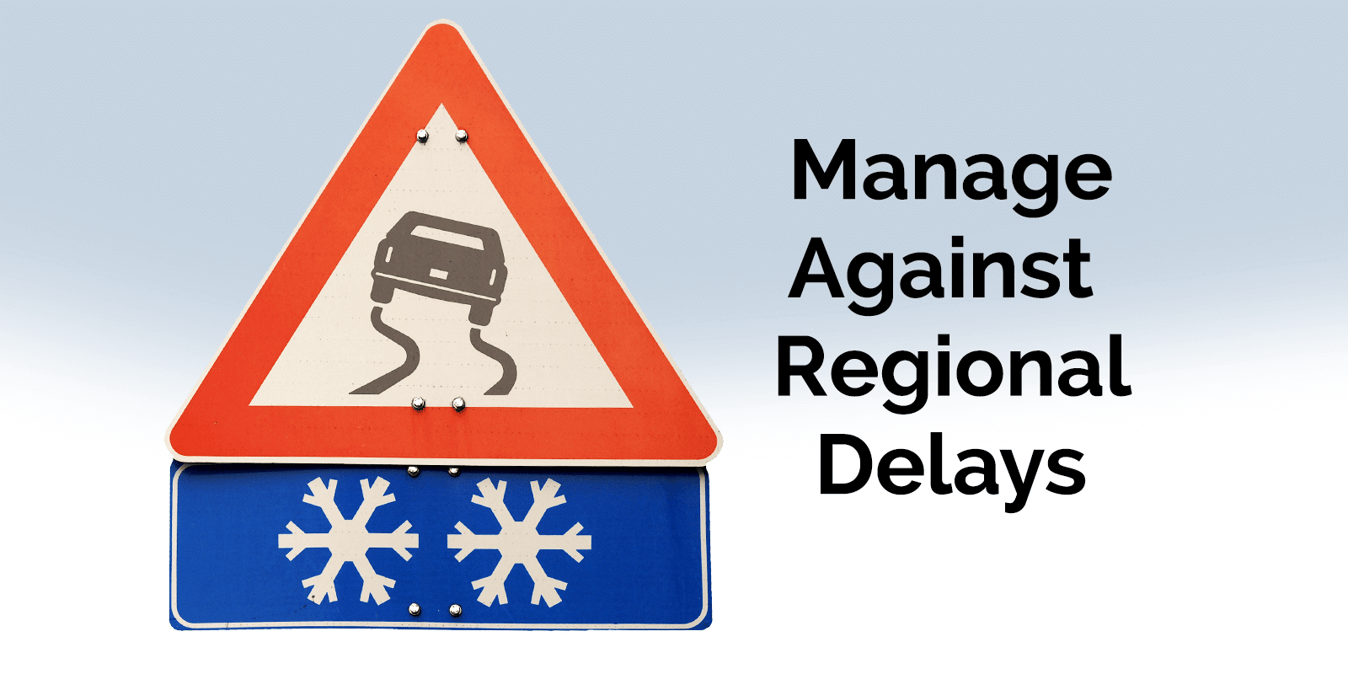
It happens: Your team has worked hard to get holiday shipments out the door and help fulfill your brand promise, only to have the shipments held up because of a snowstorm or other weather-related problem. It’s no one’s fault, but you might still be asking: What can we do?
The answer depends, of course, on how well your various systems, such as shopping cart, warehouse management, and shipping stations, are integrated and providing real-time data. For example, here are some features companies should be using to mitigate the effect of weather delays:
Most carriers offer real-time shipping estimates that take into account regional weather patterns. This needs to be integrated with your systems so that delays can be noted. (This, by the way, is one way in which management by exception is useful as a strategy for automating warehouse operations.) This information can, in turn, update shipping estimates in your shopping cart system so that customer expectations are set appropriately.
More importantly, carriers almost always have real-time tracking information. If items have left your warehouse but face a delay due to weather, you should have the ability to flag the delay and send out an update to affected customers. Most customers will tolerate a delay (especially when there is an understandable cause, like the weather), but only if they are made aware of the delay in a timely manner.
If your items have not left the warehouse yet, you have the opportunity to be proactive with your shipping changes. For example, if you can mass-select orders by region, you can:
Shipping delays do not affect you alone; they affect your suppliers as well. Connecting weather and transit information with your inbound systems can help you predict product delays and future inventory levels.
Regional delays are often unpredictable. That is all the more reason to have a solid plan in place for dealing with them in a timely manner. Automation and integration are two solid ingredients that can empower your operations to proactively “work around the weather.”
We can link to a gated resource within the blog listing if that makes sense to route users to gated content to capture qualifying information.
Want the latest content delivered direct to your inbox? You've got it - sign up below!
Subscribe to get helpful and relevant warehouse technology information directly to your inbox.